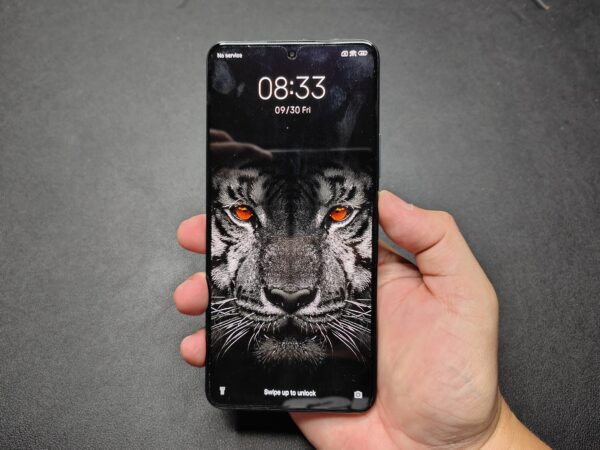
When the Xiaomi 12T Pro was revealed a few weeks ago, quite a few was thinking it would come with Leica lenses, like on the China-only 12S Ultra. Instead, the new phone packed a 200-megapixel camera, which I took for a test drive.
The 12T Pro is not the first with such a large megapixel count – the Motorola X30 Pro had it – but it is definitely among the first to make use of the feature for better images.
Key to this is a technique called pixel binning, which has enabled smartphone cameras to collect more data and derive better-quality images.
For the new Xiaomi phone, 16 photosites are used to create a single 12-megapixel photo or have a 211-megapixel image with a 48MB JPEG file.




Another plus of a sensor with such a high megapixel count is the ability to zoom in digitally without losing quality. This means the 12T Pro can forgo an optical zoom lens on the smartphone.
I have found that cropping in after capture gives better images than zooming in with the camera, but that would also mean extra steps for users. Quality-wise, it still does not beat the quality from an optical zoom lens.



The bad news is that the Xiaomi 12T Pro’s camera has some other features that will require additional work after capturing an image.
For example, you have to flip the images taken with the light painting mode in the Long Exposure Function to correct the orientation. Otherwise, the cinematic mode’s frame is still shown in the photo and must be cropped during post-editing.


The slow-motion capture also requires you to edit manually within the phone before you can share a video through your smartphone apps.
Most users would assume that the images and videos are processed once they are captured – it’s a surprise you have to do more before sharing.
Like the other flagships, the Xiaomi 12T Pro has multiple cameras but they are not equally well-endowed. The ultrawide-angle camera sensor supports 8 megapixels, and the third camera is a macro shooter with 2 megapixels.
While 8 megapixels are enough to create 8K 25p videos, landscape images will have lower resolution. At the same time, the phone can’t shoot in 4K with its ultrawide camera, which is a downer.

That still does not mean the images are bad. Through computational imaging, the 12T Pro combines data from various cameras to create good stills and videos, though pixel peepers might disagree.
The main surprise of the Xiaomi 12T Pro is the 20-megapixel selfie camera. It captures good skin tone and has enough sharpness to create eye-pleasing images.
An excellent front-facing camera helps, especially when many users now use it to shoot images and videos for TikTok, Instagram and Facebook.
Xiaomi 12T Pro’s video mode is also good for the most part, with the ability to shoot at 8K (maximum of 25 frames per second). I would suggest to shoot at 4K at 60 frames per second, which gives you an option to use the video clip for better-quality slow-motion capture.
As expected from a flagship-level smartphone, the Xiaomi 12T Pro’s Qualcomm Snapdragon 8+ Gen 1 processor, 12GB of memory and 256GB of storage space should offer enough performance for even for the most demanding users.
With a 6.67-inch Full HD+ AMOLED screen and Harman Kardon speakers, the new Xiaomi phone is a joy to watch videos from YouTube and Netflix.
An asking price of S$1,099 might seem high for many folks used to buying low- or mid-end Xiaomi phones, but as a flagship smartphone, the 12T Pro is competitively priced.
It is cheaper than the S$1,699 Oppo Find X5 Pro or the S$1,499 Google Pixel 7 Pro, so the Xiaomi flagship is relatively affordable.
If you are not fussy about the camera performance and want a flagship smartphone with the best processor, lots of memory and ample storage space, then the 12T Pro deserves a look.






